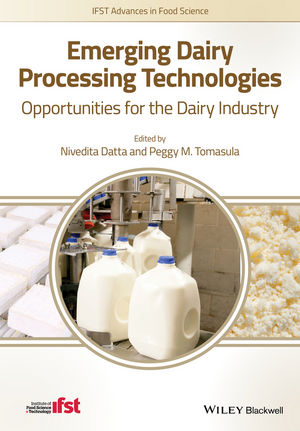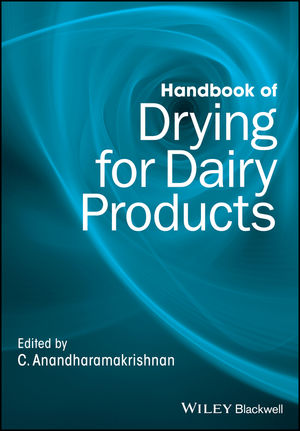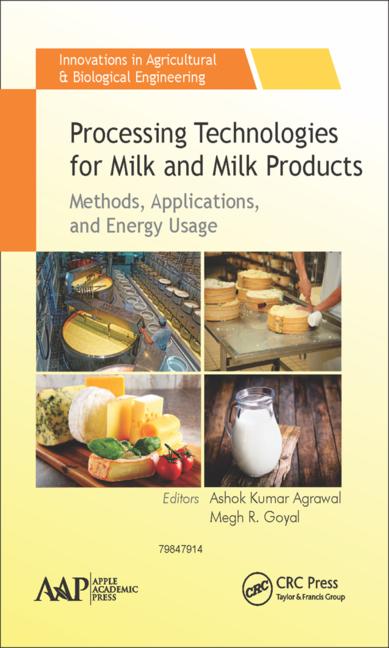The time to prepare for a crisis is before it happens. The lessons of the last few years have been vivid – melamine in milk powder, salmonella in peanut butter, E. Coli in spinach and millions of barrels of oil spilling into the Gulf of Mexico.
The time to prepare for a crisis is before it happens. The lessons of the last few years have been vivid – melamine in milk powder, salmonella in peanut butter, E. Coli in spinach and millions of barrels of oil spilling into the Gulf of Mexico. No company knows when a crisis might strike. But dairy companies have a distinct advantage because our industry has proactively developed a crisis preparedness program that trains the steps to take in the first critical hours, days and weeks should a crisis arise.
Dairy Management Inc. (DMI) and the U.S. Dairy Export Council (USDEC) have been proactively monitoring dairy issues for many years. The 2007 melamine pet food recalls prompted these groups to focus additional resources on ingredient issues, and in 2008, a dairy ingredients vulnerabilities audit was conducted. Through one-on-one interviews with key stakeholders, the group was able to identify dairy ingredient vulnerabilities and risks, and then evaluate these risks for likelihood of occurrence and potential impact. Next came recommendations for prevention, monitoring, messaging and outreach. In addition to this industry-wide vulnerability assessment, one recommendation was that each dairy company conduct its own individual vulnerability audit.
A second recommendation was that not all countries possess the same standards for quality and safety, and it is important for ingredient buyers to understand the risks involved in purchasing ingredients from countries with less stringent standards. U.S. dairy products are among the safest and most trusted in the world, and our industry has worked hard to maintain those standards through improved HAACP (Hazard Analysis and Critical Control Points) and GMP (Good Manufacturing Practices).
A third lesson was that practice and preparation were important. Since 2009, a total of four industry crisis drills have been conducted in various regions of the country, and more than 290 individuals experienced the paces of dealing with a mock crisis. Participants came together from different companies, cooperatives and dairy associations, and learned the value of standing together as an industry during a crisis. Here are some quotes from attendees:
• “I had no idea there were so many resources already in place to help in the event of a crisis.”
• “The drill quickly got us into the mindset of crisis management and brought top-of-mind what we must include in our plans and how most of us are not prepared.”
• “The scenario was very relevant, understandable and actionable. Unfortunately, the scenario might really happen one day.”
Not every “issue” constitutes a “crisis” and the dairy industry is prepared with facts and messaging to address the many questions about dairy ingredients and products that arise on a daily basis. A Dairy Communications Management Team exists, which includes staff from DMI, USDEC, International Dairy Foods Association (IDFA), the National Milk Producers Federation (NMPF) and the Milk Processor Education Program (MilkPEP). This cross-industry team maintains an extensive monitoring system that covers print, broadcast, online media and blogs, using more than 100 search terms to identify emerging issues. The team determines when an industry response is appropriate and coordinates the response efforts. The team also sponsors a website, www.dairyresponse.com, with producer-friendly information on animal disease prevention. This group is constantly searching for more and better ways to prepare our industry.
Given the globalized nature of the dairy industry, as well as, increased global dairy trade of ingredients around the world, crises can quickly spread across international borders, as was witnessed with melamine in 2008. With the USDEC network of international offices, the U.S. dairy industry, including U.S. food and beverage manufacturers, are given an early warning and crisis response system that’s global in nature. Their international representatives can act as eyes and ears on behalf of the industry overseas during a crisis, providing immediate and important perspectives and connections with overseas buyers, food trade and government officials. USDEC’s response to the China melamine contamination was swift and multidisciplinary. It included a communications response consisting of a prepared statement attesting to the safety of U.S. dairy ingredients that U.S. suppliers were able to provide to their buyers, whether overseas or in the United States. It also included market access support consisting of a third-party sampling, testing and verification system that provided evidence and assurances to buyers that product was compliant with regulatory standards in regards to melamine. Both help to continue trade.
Is your company ready? The third and final regional crisis drill for 2010 is scheduled for Nov. 11 in Dallas. It is intended to engage processors, co-ops, government agencies and other stakeholders in crisis preparedness. Dairy companies or new staff can obtain information about the final training or a copy of the crisis toolkit by sending a request to techsupport@innovatewithdairy.com.
Sharon Gerdes is a food industry consultant who works with the U.S. Manufacturing & Ingredient Marketing program at the U.S. Dairy Export Council to promote the use of dairy ingredients in food and beverage formulations.
Stay ahead of the curve. Unlock a dose of cutting-edge insights.
Receive our premium content directly to your inbox.
SIGN-UP TODAYCopyright ©2024. All Rights Reserved BNP Media.
Design, CMS, Hosting & Web Development :: ePublishing



